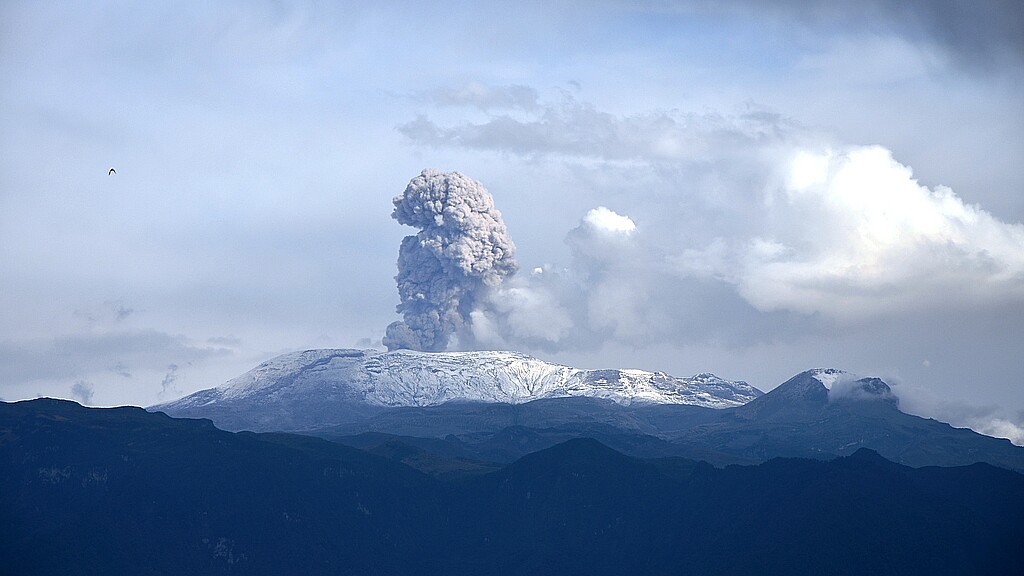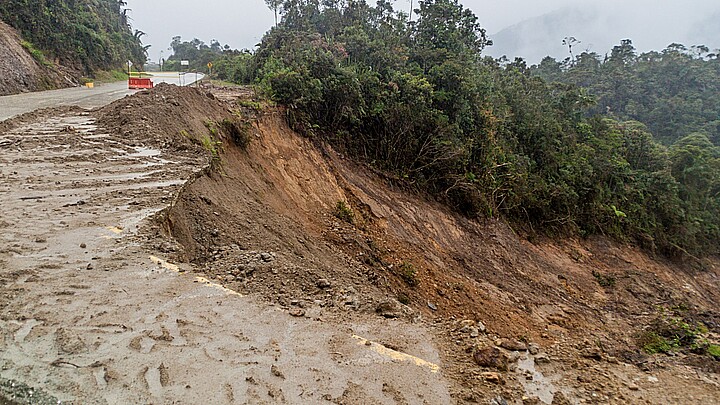Climate
Colombia evacuates residents as active volcano threat rises
Last week, Colombia’s national agency for risk management issued an alert after the volcano showed significant seismic activity near its crater and spewed a 3,000-foot (900-meter) column of ashes

April 4, 2023 8:11am
Updated: April 4, 2023 9:01am
Colombian officials ordered the evacuation of more than 40 families on Monday after a nearby volcano showed significant seismic activity, indicating a possible explosion, according to authorities.
“These are preventative measures,” said Gov. Luis Carlos Velasquez of the Colombian province of Caldas, located near the Nevado del Ruiz volcano.
Authorities also shut down the national park surrounding the 17-000-foot (5,300-meter-tall) volcano and ordered schools within a six-mile (10-kilometer radius) to hold classes online for the time being.
Last week, Colombia’s national agency for risk management issued an alert after the volcano showed significant seismic activity near its crater and spewed a 3,000-foot (900-meter) column of ashes on Sunday. Since March 24, there has also been fracturing around the volcano's southwest slope.
“We have an orange alert due to the change in seismology at the Ruiz volcano,” Petro wrote on Twitter on Friday, echoing the warning from the Colombian Geological Service. “Mayors must prepare the protocols for this state of alert.”
The orange alert indicates that the eruption is “probable,” which means that an eruption is likely to happen in weeks or days. There is only one higher alert in the four-range scale: red, which indicates that an eruption is imminent.
There are an estimated 30 communities surrounding the volcano, which extends through the departments of Tolima, Caldas, and Antioquia—all of which could be affected by an explosion.
The volcano’s last major eruption was in 1985, the country’s largest recorded natural disaster. It caused several mudslides that buried the towns surrounding it, killing more than 25,000 people. The eruption was the fourth-largest single-eruption death toll ever recorded, according to the Global Volcanism Program of the U.S. Smithsonian Institution.








